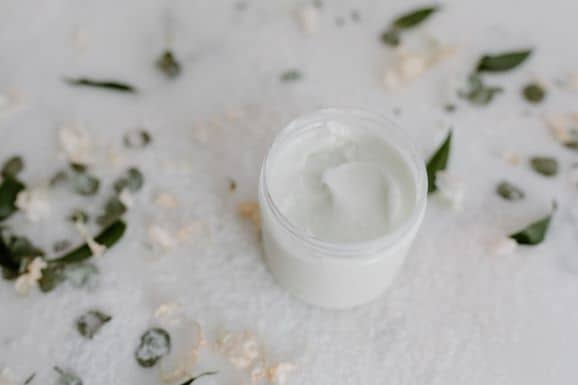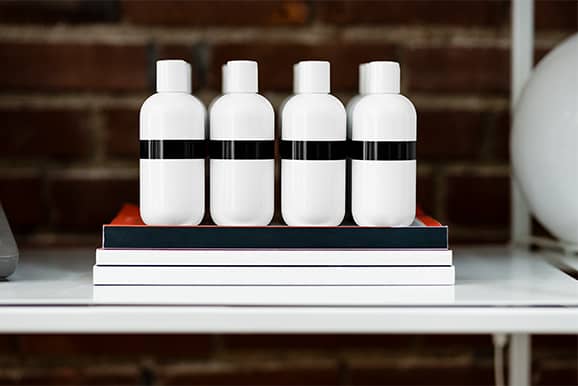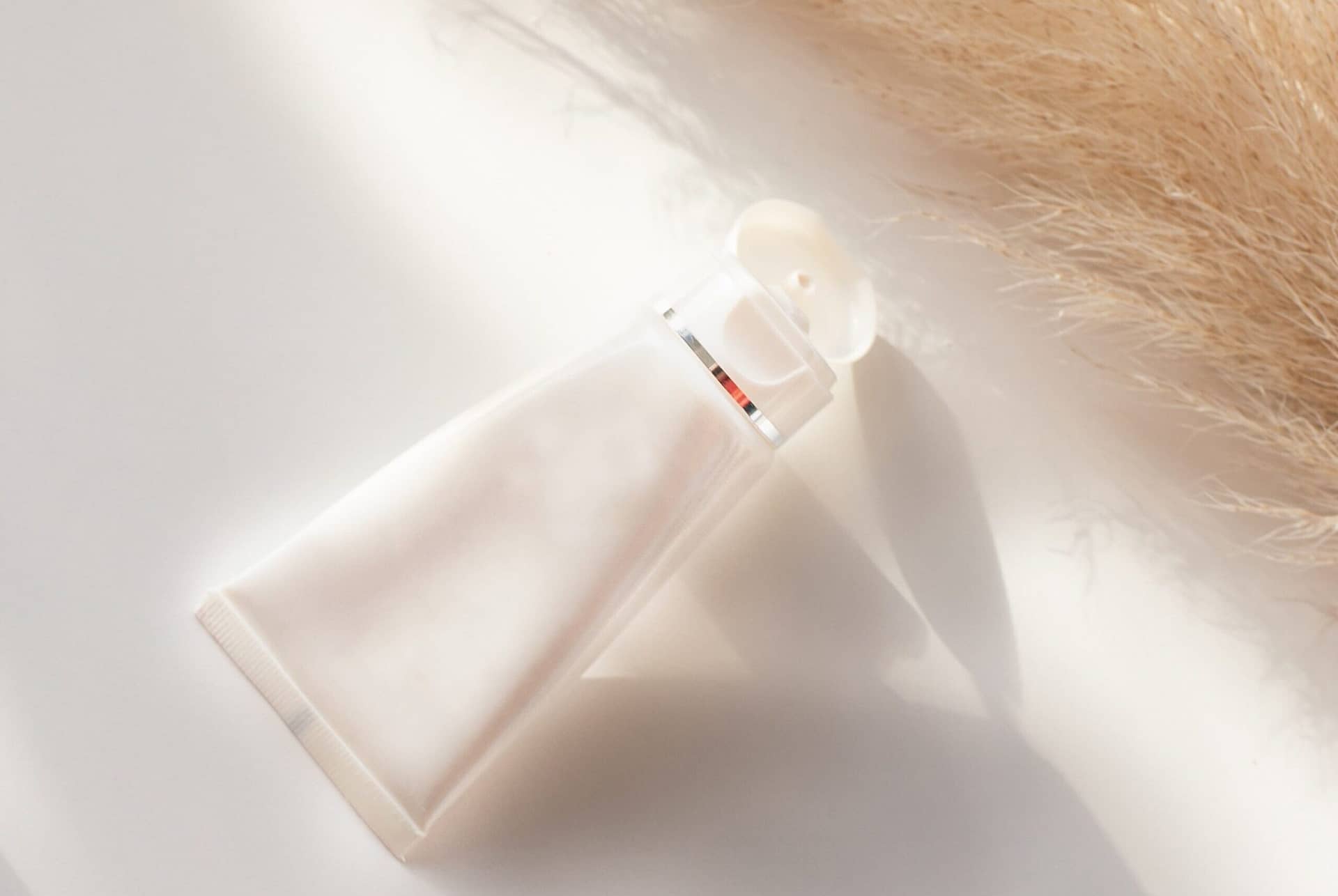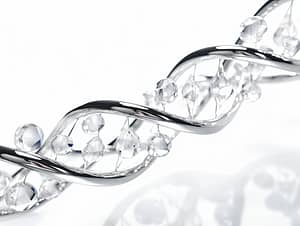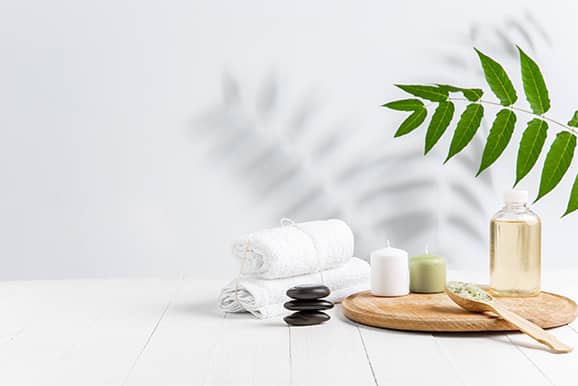
The Eco-Friendly Choice: Exploring the Advantages of Amino Acid Surfactants in Beauty Products
In the beauty and personal care markets, such as shampoo and body wash, certain qualities become essential: Safety, Performance, Mildness, Sensory experience, Sustainability, Biodegradability, and Natural ingredients.
The mildness of surfactants is particularly crucial for products used frequently on the skin and hair. It is essential that surfactants have minimal impact on the skin’s functional and structural integrity. Harsh soaps are known to cause irritation, dryness, tightness, and damage to both the protein and lipid regions of the Stratum Corneum after repeated use. Such damage also contributes to high Transepidermal Water Loss (TEWL). Therefore, suppliers of mild surfactants have a vast potential market beyond just baby and child-specific products.
At Ecoori, we take pride in introducing our amino acid surfactants, which offer a combination of biodegradability, low toxicity, and excellent foaming and emulsifying properties.

1. What is Amino Acid Surfactant?
Aminoacid surfactants are a type of surfactant that is composed of both an amino acid and a hydrophobic tail. They have both hydrophilic and hydrophobic properties, which allows them to lower the surface tension between two immiscible phases, such as oil and water.
2. What are the Advantages of Amino Acid Surfactant?
1. Biodegradability: A key advantage of amino acid surfactants is their exceptional biodegradability. Unlike many traditional surfactants that persist in the environment, amino acid surfactants rapidly break down, minimizing their impact on ecosystems.
2. Low toxicity: Amino acid surfactants shine in terms of low toxicity, making them a safer choice compared to conventional surfactants. They have a reduced likelihood of causing skin, eye, or respiratory irritations, ensuring a gentler experience.
3. Moisture-retaining formula: Say goodbye to dryness! Amino acid surfactants combat the common issue of skin dryness associated with traditional surfactants. They help maintain the skin’s natural moisture balance, promoting hydration and healthier-looking skin.
4. Skin and hair compatibility: With their remarkable compatibility with both skin and hair, amino acid surfactants are perfectly suited for cosmetics and personal care products. They work harmoniously, delivering optimal results while maintaining the skin and hair’s well-being.
5. Superior foaming capabilities: Prepare for a luxurious experience! Amino acid surfactants exhibit excellent foaming and emulsifying properties, making them an excellent choice for cleaning and household products. Enjoy the perfect balance between effectiveness and a delightful sensory experience.

3. Types of Our Amino Acid Surfactants
Amino acid-based surfactants play a vital role in the formulation of various cleansing products, ranging from shampoo and body wash to facial cleansers and baby wash.
1.Sodium Cocoyl Alaninate
Alaninates, a type of amino acid surfactants, possess exceptional cleansing properties. These surfactant molecules are formed by attaching alkyl groups to the nitrogen in amino acids, yielding compounds like alaninate. Widely employed in facial cleansers and other personal care products, alaninates exhibit remarkable synergistic effects when combined with other surfactants.

▲Visit Product Related to Sodium Cocoyl Alaninate
2. Sodium Lauroyl Sarcosinate
Sodium lauroyl sarcosinate, also known as sarcosyl, represents an anionic surfactant derived from sarcosine. It serves as a crucial foaming and cleansing agent in various products, including shampoo, shaving foam, toothpaste, and foam washes. This particular surfactant demonstrates effective cleansing properties while remaining mild, safe, and non-irritating to the skin.
4. Experience ECOORI's Amino Acid Surfactants
<Comparison between Amino Acid Surfactants>
|
OUR PRODUCTS
|
SURFACTANT
|
EWG
|
NOI, %
|
MILDNESS
|
FOAMING
|
|
|---|---|---|---|---|---|---|
|
Sodium Cocoyl Alaninate
|
●
|
1
|
92.14
|
★★★★
|
★★★★
|
|
|
Sodium Lauroyl Sarcosinate
|
●
|
1 -3
|
92.16
|
★★
|
★★★★★
|
|
|
Sodium Cocoyl Glycinate
|
●
|
1
|
91.74
|
★★★
|
★
|
|
|
Sodium Cocoyl Glutamate
|
●
|
1
|
93.44
|
★★★★★
|
★★★★★
|
|
Discover the Superiority of ECOORI’s Amino Acid Surfactants: Unveiling Mildness and Foaming Performance. Experience the Power of Luxurious Foam and Gentle Care with Our Products.

